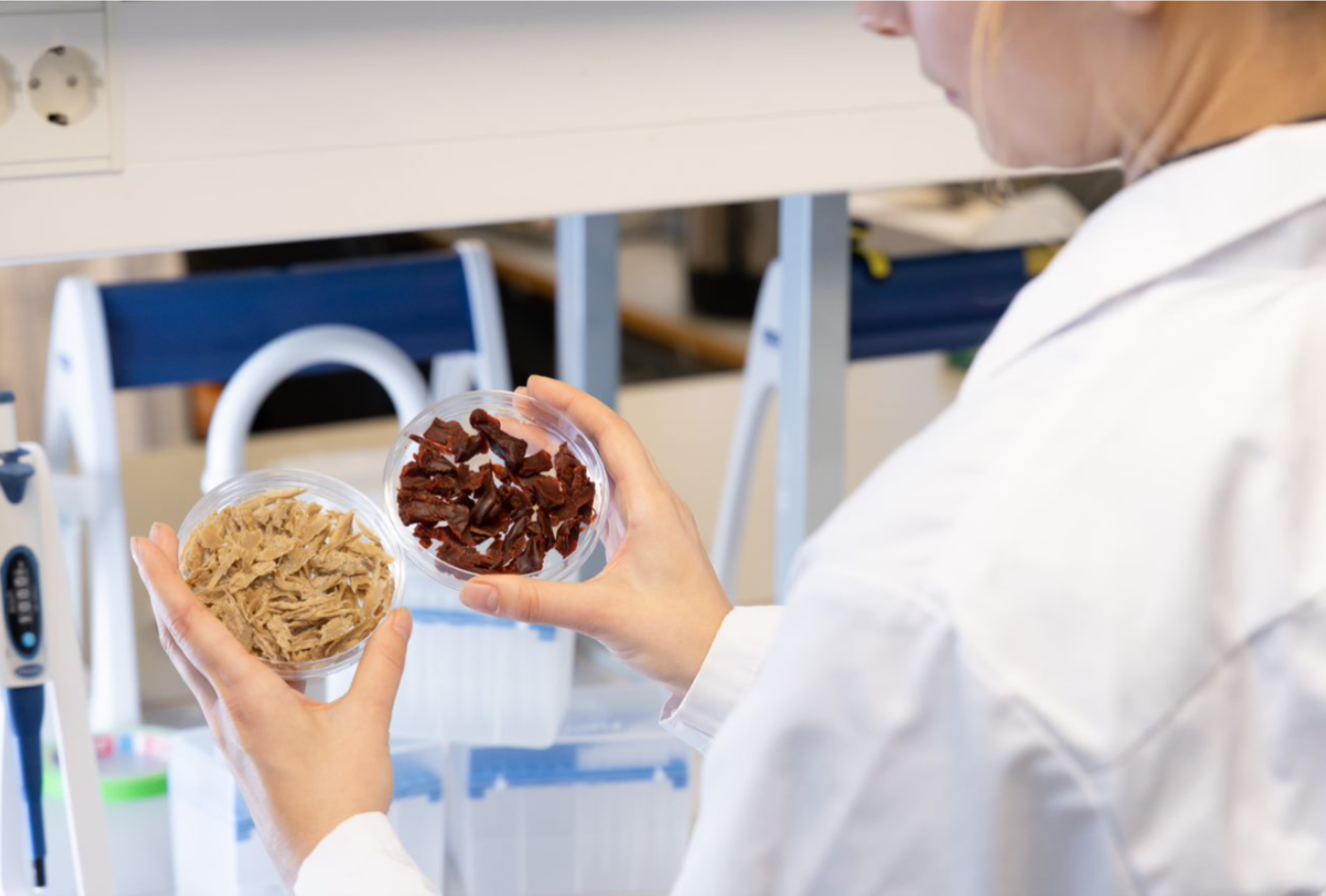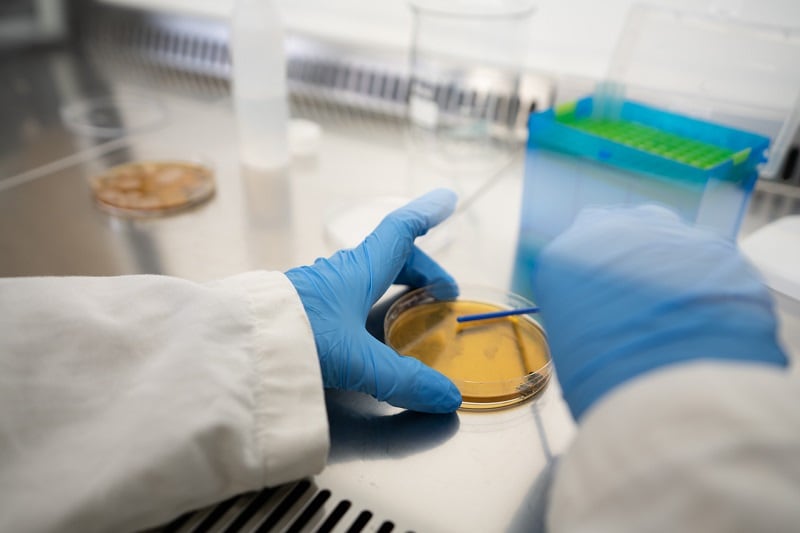The research institute said it now possesses a ‘unique toolbox’ to develop ‘game-changing innovations’ for meat alternatives, making it possible to offer ‘real, authentic experiences for consumers’.
VTT’s CellularFood invention is a step-by-step process designed to meet companies’ needs to establish cellular-agriculture-based novel food solutions, grounded on principles of cultivating cells in fermenters instead of traditional agricultural systems for producing food ingredients.
Combined with using under-utilised or local plants such as fava beans and sorghum, the approach allows food producers to replicate the building blocks of animal meat, such as proteins and lipids, to create a 100% identical sensory experience, ‘right down to the sizzle of fat in the pan’, the organisation said.
The approach could bring sustainable, authentic meat alternatives to carnivores and flexitarians around the globe, said Nesli Sözer, Research Professor at VTT.
“We use cellular-agriculture-based techniques combined with our long-term expertise working with challenging, plant-based raw materials to transform nutritious, local crops into delicious foodstuffs that offer an identical sensory experience to animal-based meat,” he said. “Our innovation toolkit allows producers to perfectly recreate the sizzling fat and juicy tenderness of meat like never before.”
He added the approach is a sustainable, scalable solution to the problem of meat, using diverse, climate resistant local crops that can be grown almost anywhere that also unlocks the high nutritional value of plant-based raw materials.
Food producers can leverage these innovations to meet soaring global demand for meat while shoring up food security and resilience, he further claimed.
“Meat is a major source of emissions, and meat production tends to be overly centralised and vulnerable to supply chain disruptions. A new, sustainable food system requires a dietary shift towards plant-based proteins.
“In order to solve these challenges, we need plant-based meat that can genuinely satiate demand and that can be scaled in a way that improves food security and nutrition for all.
“Consumer acceptance has a key role in the development of feasible business around plant-based protein ingredients for meat alternatives. It’s not enough for something to look like meat. We need nutritional and healthy foods that are indistinguishable from animal-based meat in every way, that allows people everywhere to enjoy the experience of meat, without the guilt.”
VTT aims to tackle the world’s biggest challenges. It believes plant-based food, cellular agriculture and agile manufacturing are key areas that can contribute to providing new opportunities for sustainable food systems.
“We combine our knowledge on plant protein materials with precision fermentation and cell ag ingredients,” Sözer elaborated. “For example we have been using yeast or fungi as cell factories to produce meat-like lipids to give the unique meaty flavour and melting properties to plant based meat analogues. Similarly, we express heme protein (the protein which gives the meaty red colour and contributes to taste) in biomass which could be combined with plant based meat analogues to give the full meat eating experience.”
It helps created customized future food solutions for producers by among other things setting up novel food production, perform piloting and upscaling.
Cellular agriculture is simply about growing cells under controlled conditions to produce ingredients that are traditionally grown on fields or animal husbandries, it explained. The methodology can be used to produce plant and animal-based food ingredients.
“We provide contract research to food industry clients which includes expertise and infrastructure (pilot facilities etc),” elaborated Sözer. “We combine our knowledge on plant protein materials with precision fermentation and cell ag ingredients. For example, we have been using yeast or fungi as cell factories to produce meat-like lipids to give the unique meaty flavour and melting properties to plant based meat analogues.”
Similarly, he added, it can express heme protein (which gives the meaty red colour and contributes to taste) in biomass which could be combined with plant-based meat analogues to give ‘the full meat-eating experience’.
“By combining our experience in plant-based ingredients, food design and cellular agriculture, we can create proof-of-concept of prototypes for tasty, identical meat alternatives that are ready to be scaled up for industrial production,” he continued. “By supporting companies to develop sustainable production processes and products that have broad customer appeal, we can also work together towards a future that is free from food crises.”





